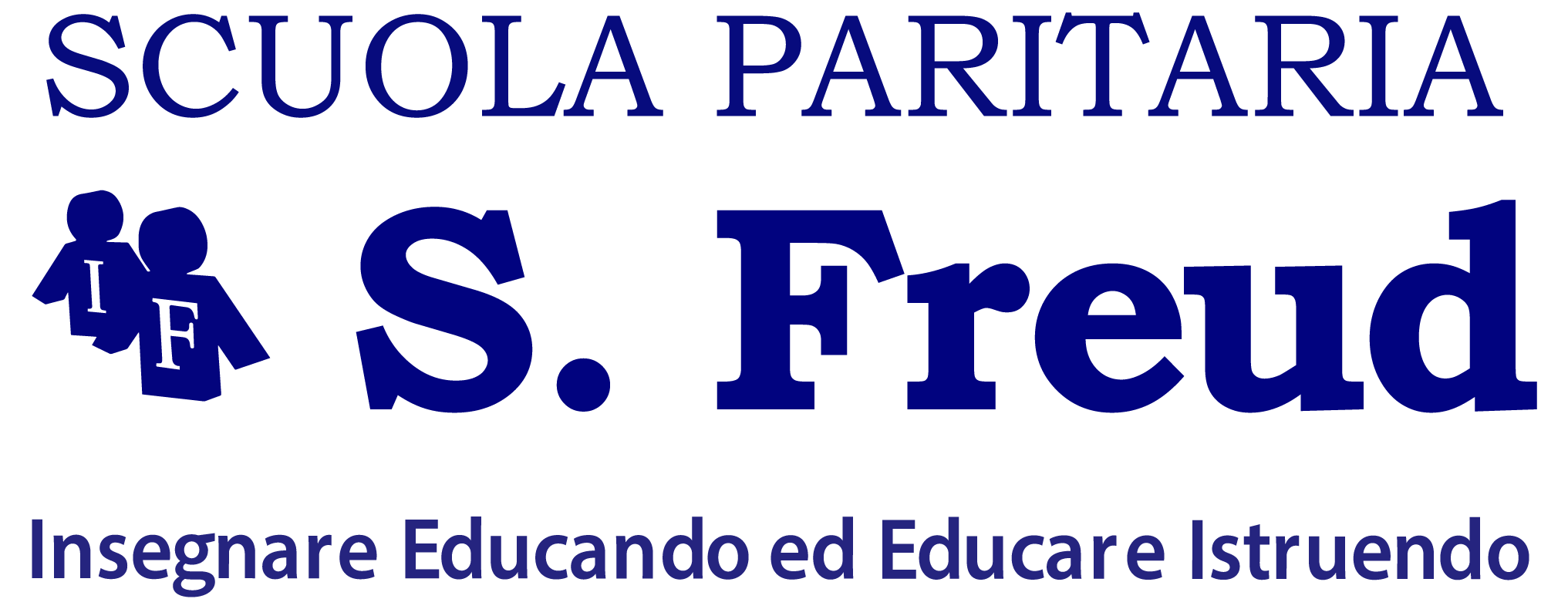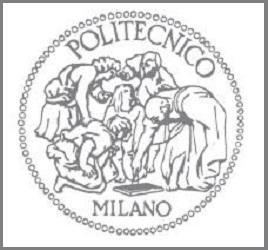15 luglio 2013
EDUCATING BY IMAGE: TEACHING STYLES VS LEARNING STYLES
Luigi Cocchiarella (editor of the cycle)
Politecnico di Milano
The Nobel Laureate Herbert Alexander Simon, University Professor at the Carnegie Mellon
University, was to declare: “Learning results from what the student does and thinks and
only from what the student does and thinks. The teacher can advance learning only by
influencing what the students does to learn”.
What can we infer from this sentence?
Perhaps it suggests that we should intend education in terms of interaction between
teaching and learning, pointing out the relationships between “representational
performances” of professors and “cognitive abilities” of students.
That is particularly important in the field of Visual Education, both because of the hard
training involved in developing and mastering spatial abilities, or because of the ambiguity
often inherent to the Images.
Since the 1940s, Benjamin Samuel Bloom has noticed that Graphic Education not only
involves the pure “cognitive” but also the “affective” and the “psychomotor” domains, as
clearly summarized in his well known “Bloom’s Taxonomy”.
Therefore educating requires not only disciplinary competences, but also an appropriate
pedagogic and psychological approach, in other words, to be successful, alongside “what”,
the techer has to consider “how to teach”, because both the aspects combine to make
students “self-directed” learners, becoming even more relevant in case of individualized
instruction and of students with different abilities.
This means that, alongside new programs for students, appropriate “Lifelong Learning
Programs” for teachers should be provided for the future.150°%Politecnico%di%Milano
Another challenging task would be the balancing of tradition and innovation, namely,
analogue heritage and digital advancements.
Digital graphics have been for long years a “stray” phenomenon, therefore we are still
discussing how to redesign our academic programs and our teaching strategies, as neither
technology can replace the teachers, although it increases their effectiveness, nor we can
think of a full replacement of “learning” with “e-learning”.
Maybe a “new semantic approach” to the matter should be promoted, taking advantage of
the new “syncretism” made possibile by the new media. In fact, while for centuries the
modern science and techniques have required specialization, and consequently also the
Visual Language from the times of Leonardo Da Vinci has been “subdivided”, on the other
hand the digital technologies are already providing interesting visual syntheses among
specialized languages, so boosting the interdisciplinary communication.
In other words it is time for the teachers of Architecture, Design and Engineering to work
“side by side” in redefining curricula in Graphic Education, aiming to investigate prospective
updated unifications in the field of Visual Language for the “polytechnic” disciplines.
During the previous seminars we often played with etymology. At the end of the Cycle it
could be interesting to point out that both the English verb “to teach” and the Italian verb
“insegnare” seem to show a common original meaning: either the latter, coming from the
Latin word “insignare” is related to the root “signum” and to the meaning “to sign”, or the
former, coming from “tæhte”, “to show, to point out”, goes back to the Old English term
“tacn”, whose meaning is, once again, “sign, mark”, as if to recall a kind of “visual essence”
affecting the teaching activity.
Last but not least, the English and the Italian terms “education” and “educazione”, coming
from the Latin word “educare”, which means “to drive, to lead out”, seem to indicate our
social, cultural and human responsibility.
In conclusion, before, or alongside, educating “by” the Image, we should educate “about”
the Image.
Bibliography
S.A.Ambrose, M.W.Bridges, M.Di Pietro, M.C.Lowett, M.K.Norman, How Learning Works.
Seven Research-Based Principles for Smart Teaching, Jossey-Bass, San Francisco CA,
2010.
A.C.Clark, J.V.Ernst, Engineering and Technical Graphics Education; Usinge the Revised
Bloom’s Taxonomy, in “Journal for Geometry and Graphics”, Vol.14, No.2, Heldermann
Verlag, Lemgo 2010, pp.217-226.
L.Cocchiarella, Fra Disegno e Design: temi forme codici esperienze, Città Studi Edizioni,
Milano 2009.


